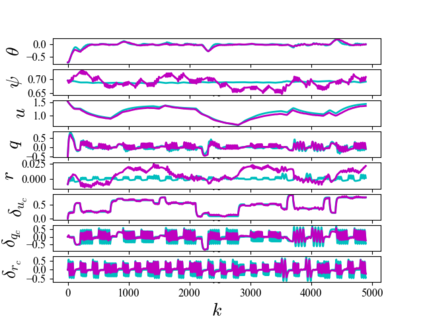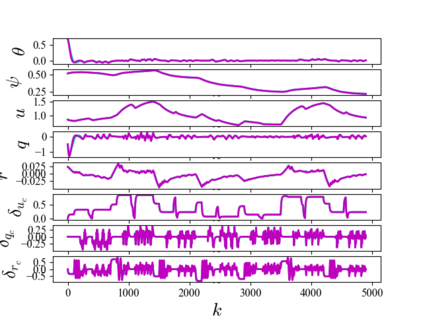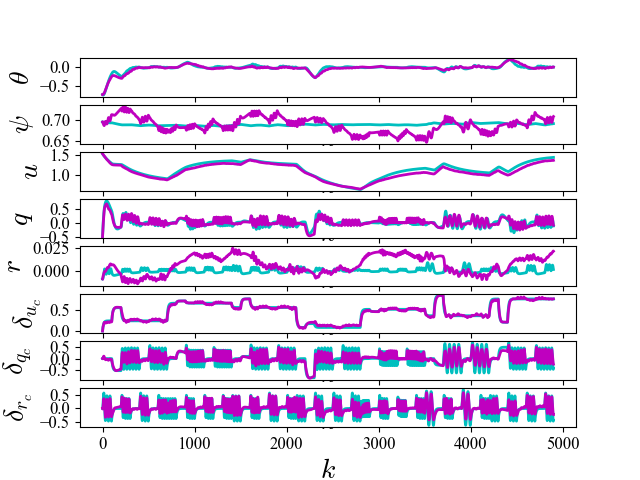Conventional physics-based modeling is a time-consuming bottleneck in control design for complex nonlinear systems like autonomous underwater vehicles (AUVs). In contrast, purely data-driven models, though convenient and quick to obtain, require a large number of observations and lack operational guarantees for safety-critical systems. Data-driven models leveraging available partially characterized dynamics have potential to provide reliable systems models in a typical data-limited scenario for high value complex systems, thereby avoiding months of expensive expert modeling time. In this work we explore this middle-ground between expert-modeled and pure data-driven modeling. We present control-oriented parametric models with varying levels of domain-awareness that exploit known system structure and prior physics knowledge to create constrained deep neural dynamical system models. We employ universal differential equations to construct data-driven blackbox and graybox representations of the AUV dynamics. In addition, we explore a hybrid formulation that explicitly models the residual error related to imperfect graybox models. We compare the prediction performance of the learned models for different distributions of initial conditions and control inputs to assess their accuracy, generalization, and suitability for control.
翻译:常规物理建模在诸如自主水下飞行器(AUVs)等复杂非线性系统的控制设计方面是一个耗时的瓶颈。相比之下,纯粹的数据驱动模型虽然方便和快速获得,但需要大量观测,而且缺乏安全临界系统的业务保障。数据驱动模型利用现有部分特征动态有可能在高价值复杂系统的典型数据有限假设中提供可靠的系统模型,从而避免数月昂贵的专家建模时间。在这项工作中,我们探索专家建模和纯数据驱动模型之间的中间地带。我们展示了以控制为导向的参数模型,其域认识程度不同,利用已知的系统结构和先前的物理知识来创造有限的深神经动态系统模型。我们采用通用的差别方程式来构建数据驱动黑盒和灰箱显示AUV动态。此外,我们探索一种明确模拟与不完善的灰盒模型有关的残余错误的混合配方。我们比较了不同初步条件和控制投入的不同分布模型的预测性能,以评估其准确性、一般化和控制性。







